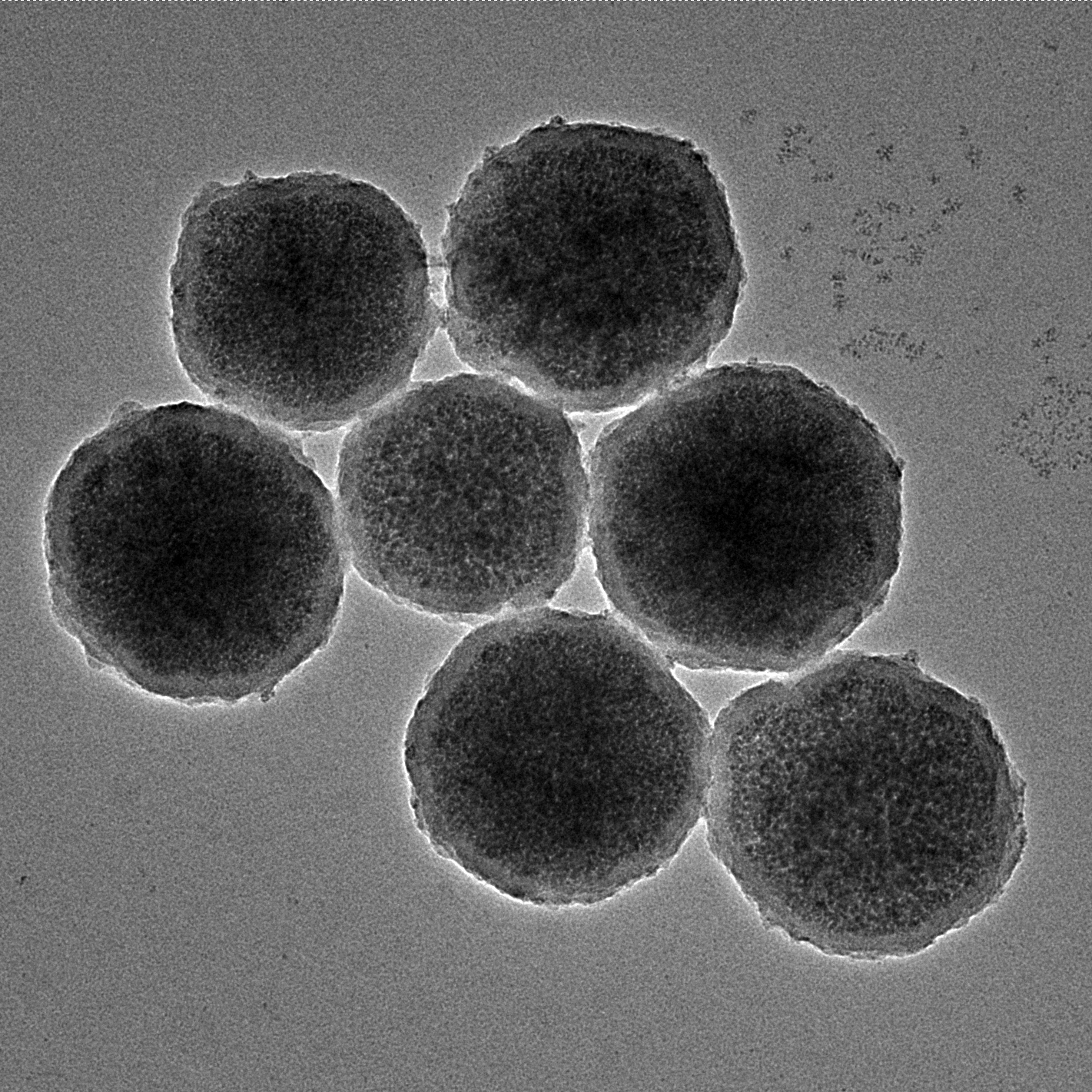2024-09-05 ワシントン州立大学(WSU)
<関連情報>
- https://news.wsu.edu/press-release/2024/09/05/new-ai-hair-analysis-method-holds-promise-for-improved-health-research/
- https://www.jidonline.org/article/S0022-202X(24)02079-7/fulltext
深層毛髪フェノミクス:内分泌学、発生、加齢における意義 Deep Hair Phenomics: Implications in Endocrinology, Development, and Aging
Jasson Makkar, Jorge Flores, Mason Matich, … , Liam Broughton-Neiswanger, Iwona M. Driskell, Ryan R. Driskell
Journal of Investigative Dermatology Published:September 3, 2024
DOI:https://doi.org/10.1016/j.jid.2024.08.014
Graphical abstract
Abstract
Hair quality is an important indicator of health in humans and other animals. Current approaches to assess hair quality are generally non-quantitative or are low throughput due to technical limitations of ‘splitting hairs’. We developed a deep learning-based computer vision approach for the high throughput quantification of individual hair fibers at a high resolution. Our innovative computer vision tool can distinguish and extract overlapping fibers for quantification of multivariate features including length, width, and color to generate single-hair phenomes (shPhenome) of diverse conditions across the lifespan of mice. Using our tool, we explored the effects of hormone signaling, genetic modifications, and aging on hair follicle output. Our analyses revealed hair phenotypes resultant of endocrinological, developmental, and aging-related alterations in the fur coats of mice. These results demonstrate the efficacy of our deep hair phenomics tool for characterizing factors that modulate the hair follicle and developing new diagnostic methods for detecting disease through the hair fiber. Finally, we have generated a searchable, interactive web tool for the exploration of our hair fiber data at skinregeneration.org.



